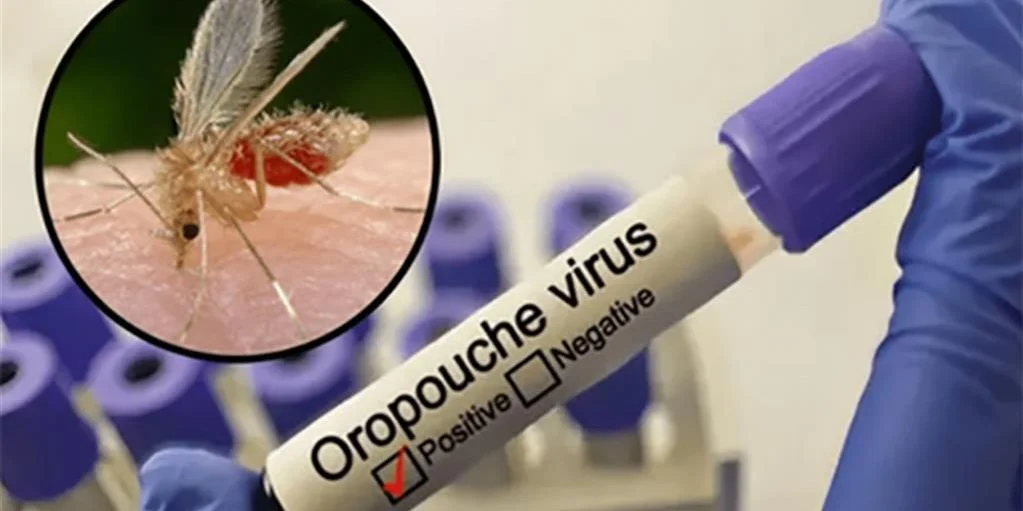Miami, United States. – The Ministry of Public Health (MINSAP) reported that until January 10, 2025, 626 sick people are counted with the Oropouche virus in Cuba and 23,639 cases under suspicion. According to the report, issued during the webinar “Oroopouche update in the Americas: experience of the outbreak response in Cuba”the disease affects 73.8% of the municipalities and has spread by all the Cuban provinces, with a strong incidence in Pinar del Río, Artemisa, Santiago de Cuba, Havana, Matanzas and the special municipality Isla de la Juventud .
According to Dr. José Raúl de Armas, head of the Department of Transmissible Diseases of Minsap, 13,588 infected patients are women and 10,676 are men. Likewise, 76 patients have been detected with Guillain-Barré syndrome, 25 with encephalitis and 15 with meningoencephalitis. Among the territories with higher rates is Pinar del Río, with 769.3 per 100,000 inhabitants, followed by Artemisa and Santiago de Cuba, which show indices of 702.3 and 499.5, respectively.
The need to control the outbreak acquires relevance, given that the Oropouche virus (Orov) has been confirmed at least in nine provinces. Among its symptoms include intense fever, muscle aches and headaches, pictures that can be confused with other arbovirosis such as dengue. In addition, signs of regional neuropathy and complications associated with the neurovegetative nervous system have been reported.
Specialists from the Pedro Kourí Tropical Medicine Institute (IPK) alert about a high relapse rate: more than 30% of patients return to symptoms after 16 days from the beginning of the disease. In September 2024, the Cubnano government acknowledged that more than 12,000 people had infected the disease on the island. For December, the virus was already present in the 15 provinces, while dengue affected 13 of them.
The propagation of the Oropouche virus has also crossed borders. Several infected travelers have taken the disease to their residence countries. Until August 2024, the United States confirmed 21 imported cases that motivated The issuance of a level 2 travel alert For those who visit the island. In Europe, 14 contagions were reported in Spain and 21 in other nations of the community block.
The National Arbovirus Reference Laboratory of the IPK concluded that the introduction of Oopopouche in Cuba occurred towards the first quarter of 2024, possibly from the Brazilian state of ACRE, spreading first in the central zone and later by the West and East of the country. Culicoid Paransis, popularly known as Jején, was identified as the main vector, detected in a dozen localities with active transmission, especially in Santiago de Cuba, Cienfuegos and Havana.
Pregnant women constitute one of the most exposed groups, since they can transmit the virus to the fetus. The maternal-infantile program in Cuba claims to have established special protocols for them, with diagnostic and monitoring flows.
The complex epidemiological situation on the island coincides with an increase in diseases such as dengue and hepatitis A infectious outbreaks. Faced with this reality, the concern is maintained that the lack of hygienic conditions and the shortage of inputs further aggravates the spread of the Oopouche virus throughout the country.
















